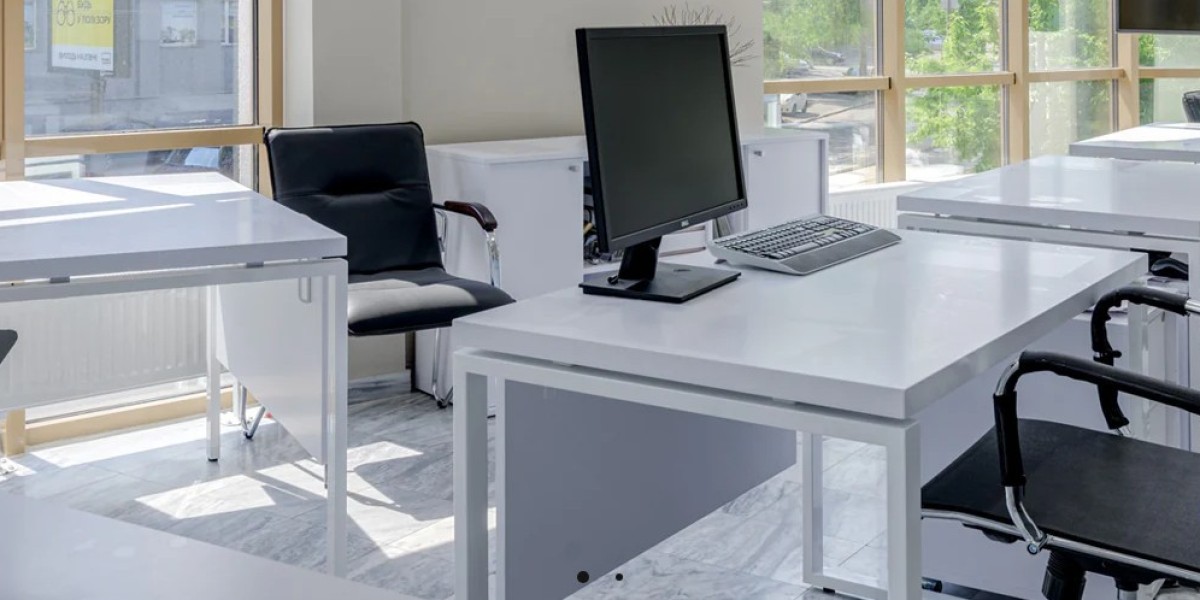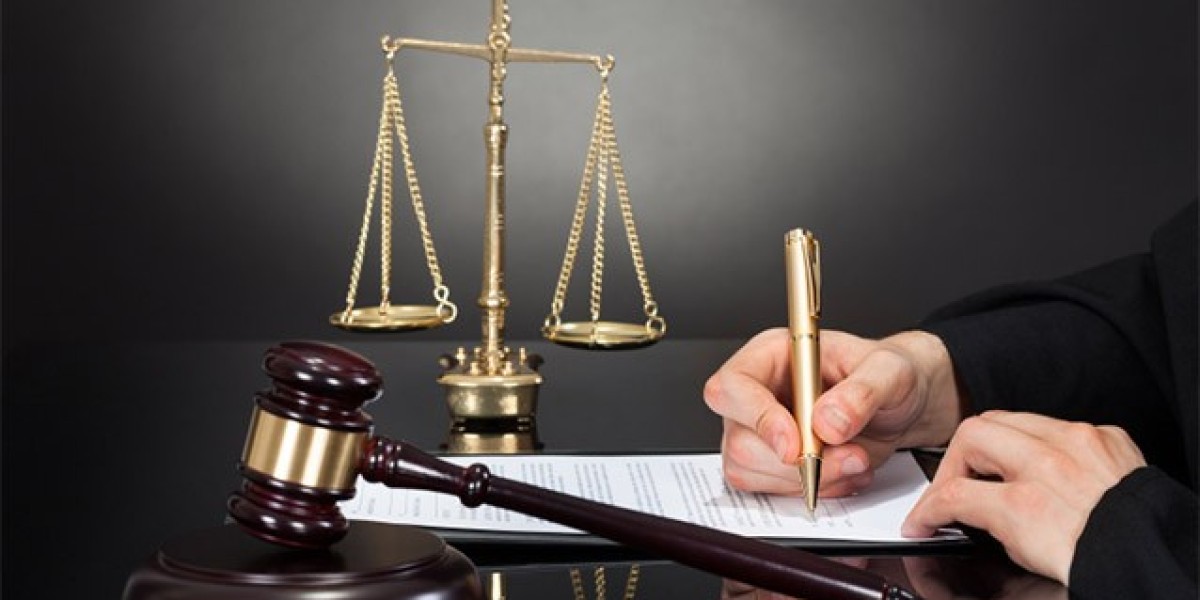Investing in a high-quality office executive chair is a significant commitment, and to ensure it lasts and continues to provide comfort and support, proper maintenance and care are essential. Regular upkeep not only prolongs the life of your chair but also helps maintain its appearance and functionality. Here’s a comprehensive guide on how to maintain and care for your office executive chair:
1. Regular Cleaning
Upholstery Care:
- Leather: Use a soft, damp cloth to wipe down the leather surface. For deeper cleaning, apply a leather conditioner every 3-6 months to keep the leather supple and prevent cracking. Avoid using harsh chemicals or excess water.
- Mesh: Dust the mesh surface regularly with a vacuum cleaner using a brush attachment. For stains, use a mild detergent solution and a soft cloth. Avoid soaking the mesh to prevent water damage.
- Fabric: Vacuum the fabric regularly to remove dust and debris. For stains, use a fabric cleaner suitable for office upholstery. Always test the cleaner on a small, inconspicuous area first.
Cleaning Mechanisms and Base:
- Casters: Vacuum or wipe the casters regularly to remove dirt and debris. If they become clogged, use a small brush or compressed air to clear them. Lubricate the casters with a silicone spray if they start to squeak or roll unevenly.
- Metal Parts: Wipe metal parts with a damp cloth and a mild cleaner to remove dust and fingerprints. For polished metal, use a metal polish to maintain its shine.
2. Check and Tighten Bolts and Screws
Regularly inspect your chair for loose bolts, screws, or other components. Tighten any loose parts with the appropriate tools to prevent wobbling or instability. Check these components every few months, especially if you notice any changes in the chair's stability or functionality.
3. Adjust and Lubricate Mechanisms
- Tilt and Recline Mechanisms: Periodically check the tilt and recline mechanisms for smooth operation. If you notice any stiffness or difficulty, apply a silicone-based lubricant to the moving parts. Avoid using oil-based lubricants as they can attract dust and grime.
- Gas Lift Cylinder: If the chair's height adjustment becomes less responsive, it may need servicing. Some chairs allow for adjustment or replacement of the gas lift cylinder. Consult the manufacturer’s instructions for maintenance or replacement.
4. Protect the Chair from Direct Sunlight
Direct sunlight can cause fading and damage to upholstery materials over time. Position your chair away from direct sunlight or use window coverings to protect the chair from UV rays. For leather chairs, consider using UV-protective treatments to maintain the color and texture.
5. Avoid Overloading the Chair
Follow the manufacturer’s recommended weight limits to avoid straining the chair’s components. Overloading can lead to premature wear and tear, as well as potential safety hazards. Ensure that all users are aware of and adhere to these weight limits.
6. Proper Use and Avoiding Common Mistakes
- Avoid Eating at Your Desk: Crumbs and spills can cause stains and attract pests. Use a separate area for eating to keep your chair clean.
- Avoid Extreme Adjustments: Adjust the chair settings slowly and within the recommended range. Abrupt changes or excessive force can damage the adjustment mechanisms.
- Avoid Excessive Reclining: Reclining too far back may stress the tilt mechanism. Use the recline feature within the recommended angle range for optimal performance.
7. Regular Inspections
Conduct regular inspections of your chair to ensure all components are functioning correctly. Look for signs of wear and tear, such as frayed fabric, cracked leather, or damaged casters. Addressing these issues promptly can prevent more significant problems and extend the life of your chair.
8. Protect from Spills and Stains
- Use Chair Covers: Consider using a chair cover or protective mat, especially if you are prone to spills or if your chair is in a high-traffic area. Chair covers can be easily removed and cleaned, protecting the original upholstery.
- Immediate Cleanup: In case of spills, blot the area immediately with a clean cloth to absorb the liquid. Avoid rubbing the stain, as this can spread it or damage the upholstery. Follow up with appropriate cleaning methods based on the chair’s material.
9. Store Properly
If you need to move or store the chair, do so carefully to avoid damage. Disassemble any removable parts if necessary and cover the chair with a protective cover to prevent dust and scratches. Store the chair in a cool, dry place away from direct sunlight and excessive moisture.
10. Consult Manufacturer’s Instructions
Always refer to the manufacturer’s care instructions and maintenance guidelines for specific recommendations related to your chair model. The manufacturer’s instructions will provide valuable information on proper maintenance, adjustments, and warranty coverage.
Conclusion
Maintaining and caring for your office executive chair involves regular cleaning, checking and tightening components, and protecting the chair from potential damage. By following these maintenance tips, you can ensure that your chair remains comfortable, functional, and visually appealing for years to come. Proper care not only extends the life of your chair but also contributes to a healthier and more productive work environment.









